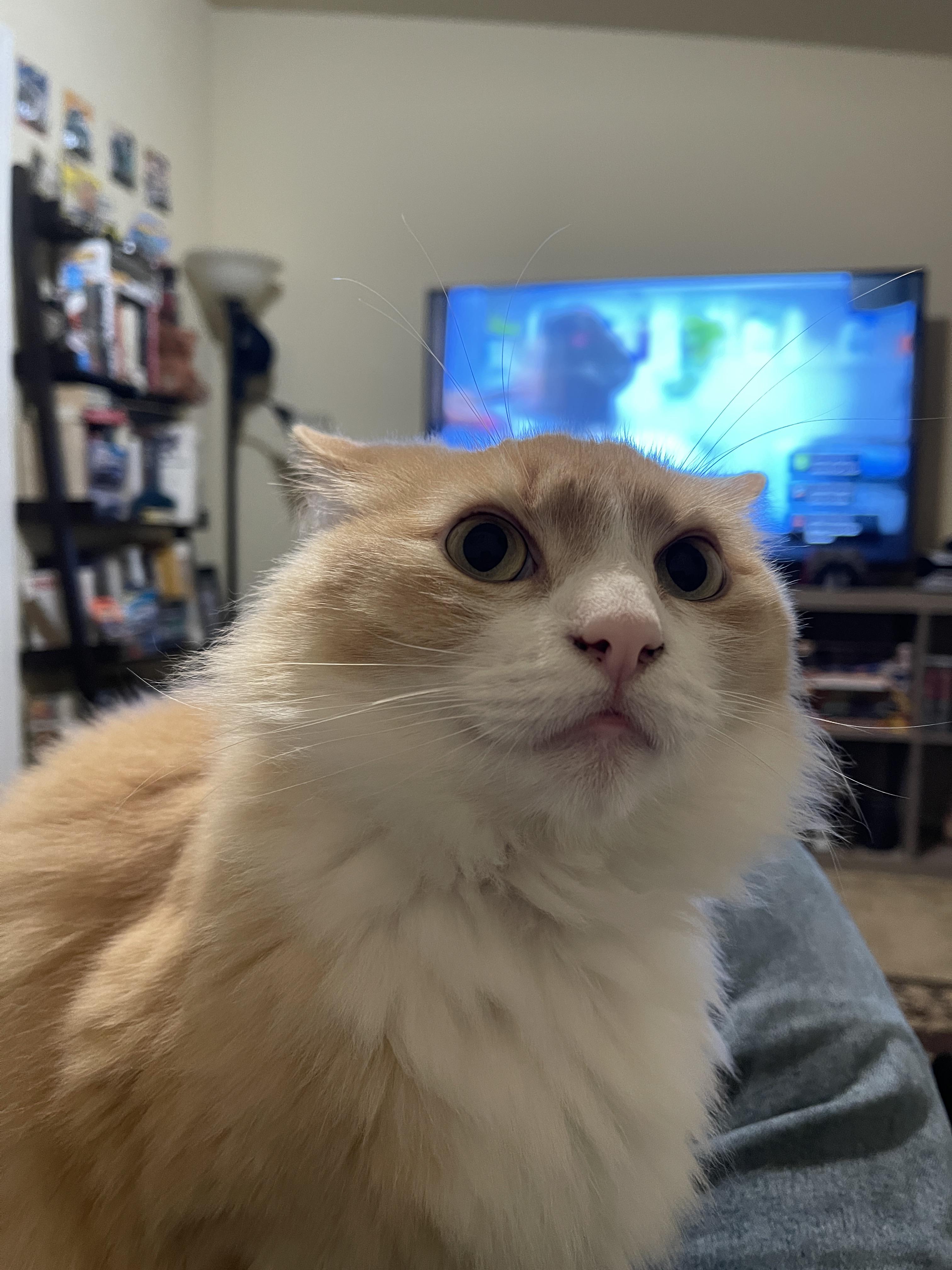Those claiming AI training on copyrighted works is “theft” misunderstand key aspects of copyright law and AI technology. Copyright protects specific expressions of ideas, not the ideas themselves. When AI systems ingest copyrighted works, they’re extracting general patterns and concepts - the “Bob Dylan-ness” or “Hemingway-ness” - not copying specific text or images.
This process is akin to how humans learn by reading widely and absorbing styles and techniques, rather than memorizing and reproducing exact passages. The AI discards the original text, keeping only abstract representations in “vector space”. When generating new content, the AI isn’t recreating copyrighted works, but producing new expressions inspired by the concepts it’s learned.
This is fundamentally different from copying a book or song. It’s more like the long-standing artistic tradition of being influenced by others’ work. The law has always recognized that ideas themselves can’t be owned - only particular expressions of them.
Moreover, there’s precedent for this kind of use being considered “transformative” and thus fair use. The Google Books project, which scanned millions of books to create a searchable index, was ruled legal despite protests from authors and publishers. AI training is arguably even more transformative.
While it’s understandable that creators feel uneasy about this new technology, labeling it “theft” is both legally and technically inaccurate. We may need new ways to support and compensate creators in the AI age, but that doesn’t make the current use of copyrighted works for AI training illegal or unethical.
For those interested, this argument is nicely laid out by Damien Riehl in FLOSS Weekly episode 744. https://twit.tv/shows/floss-weekly/episodes/744


Are the models that OpenAI creates open source? I don’t know enough about LLMs but if ChatGPT wants exemptions from the law, it result in a public good (emphasis on public).
OpenAI does not publish their models openly. Other companies like Microsoft and Meta do.
The STT (speech to text) model that they created is open source (Whisper) as well as a few others:
https://github.com/openai/whisper
https://github.com/orgs/openai/repositories?type=all
Those aren’t open source, neither by the OSI’s Open Source Definition nor by the OSI’s Open Source AI Definition.
The important part for the latter being a published listing of all the training data. (Trainers don’t have to provide the data, but they must provide at least a way to recreate the model given the same inputs).
They are model-available if anything.
I did a quick check on the license for Whisper:
So that definitely meets the Open Source Definition on your first link.
And it looks like it also meets the definition of open source as per your second link.
Model weights by themselves do not qualify as “open source”, as the OSAID qualifies. Weights are not source.
This is not training data. These are testing metrics.
Edit: additionally, assuming you might have been talking about the link to the research paper. It’s not published under an OSD license. If it were this would qualify the model.
I don’t understand. What’s missing from the code, model, and weights provided to make this “open source” by the definition of your first link? it seems to meet all of those requirements.
As for the OSAID, the exact training dataset is not required, per your quote, they just need to provide enough information that someone else could train the model using a “similar dataset”.
The problem with just shipping AI model weights is that they run up against the issue of point 2 of the OSD:
AI models can’t be distributed purely as source because they are pre-trained. It’s the same as distributing pre-compiled binaries.
It’s the entire reason the OSAID exists:
Edit: also the information about the training data has to be published in an OSD-equivalent license (such as creative Commons) so that using it doesn’t cause licensing issues with research paper print companies (like arxiv)
Oh and for the OSAID part, the only issue stopping Whisper from being considered open source as per the OSAID is that the information on the training data is published through arxiv, so using the data as written could present licensing issues.
Ok, but the most important part of that research paper is published on the github repository, which explains how to provide audio data and text data to recreate any STT model in the same way that they have done.
See the “Approach” section of the github repository: https://github.com/openai/whisper?tab=readme-ov-file#approach
And the Traning Data section of their github: https://github.com/openai/whisper/blob/main/model-card.md#training-data
With this you don’t really need to use the paper hosted on arxiv, you have enough information on how to train/modify the model.
There are guides on how to Finetune the model yourself: https://huggingface.co/blog/fine-tune-whisper
Which, from what I understand on the link to the OSAID, is exactly what they are asking for. The ability to retrain/finetune a model fits this definition very well:
All 3 of those have been provided.
Nothing about OpenAI is open-source. The name is a misdirection.
If you use my IP without my permission and profit it from it, then that is IP theft, whether or not you republish a plagiarized version.
So I guess every reaction and review on the internet that is ad supported or behind a payroll is theft too?
No, we have rules on fair use and derivative works. Sometimes they fall on one side, sometimes another.
Fair use by humans.
There is no fair use by computers, otherwise we couldn’t have piracy laws.